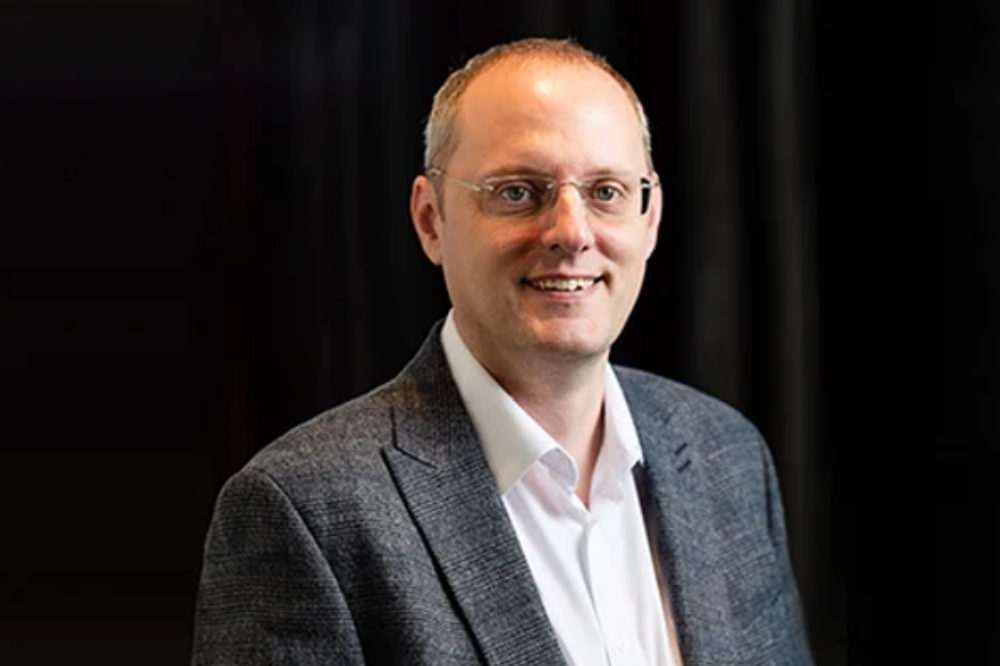
In an interview with Insurance Business, Quadient’s principal of banking and financial services highlighted that nuisance calls and texts can be broadly divided into fraudulent and genuine communications. What sets insurance apart from some other sectors is that insurers are consistently getting the well-meaning element of their communication severely wrong.
“Most insurance companies don’t make bad calls on purpose,” he said. “Yes, there’ll be some that are chasing up payments, etc. and some delivering bad news, which is going to upset people. But there are so many companies that are sitting behind these numbers who are trying to improve their relationship with their customers and just getting it so badly wrong.
“It’s the age-old problem in insurance – you buy a policy and then both sides hope they never have to talk to the other one… But then what happens at renewal time? You’ve got a relationship which is like the one you have with your energy provider, nobody loves their energy provider, it’s just a necessary evil. Insurers are now going out of their way to build relationships so that when it comes to renewal time, [their customer] can see there’s more than just a financial relationship there.”
The problem that insurers are facing, however, is that they don’t know what to say and they don’t actually understand their customers, Stephens said. So that effort at relationship-building can very easily become condensed into cross-selling attempts or requests for feedback.
Instead, insurers need to spend more time understanding what customers want, where their problems lie and how they can help solve those problems. Having established what communication their customers want to receive, insurers must then determine which channels these customers want to be reached on and how often they should reach out.
“As an introvert, someone calling me is a horrible thing at times,” he said. “I’m perfectly happy with text or the system used in banking with mobile apps and smartphone push notifications and I’m not offended in the slightest if somebody sends me a small marketing message there. But about 74% of [insurance-related] complaints were about live calls which take up people’s time and are incredibly expensive to the insurer.”
Getting the channel wrong when delivering communication is what leads to complaints about nuisance calls. The 3,989 complaints about insurers in 2021 reveal that the digital maturity piece just isn’t there in the insurance market yet, Stephens said, and also that these companies have some way to go towards bridging the gap that exists around customer experience.
Read more: Quadient on creating long-term customer relationships
Insurers are keen to take the steps necessary to bridge that gap, he noted, but they’re having to face that the right time to do so was a year and a half ago because it takes time to put the right structures in place. Companies such as Quadient do have some solutions available that can be implemented quickly and effectively but the really advanced piece – around building customer profiles and deciding on the right communication platforms – simply cannot be done overnight.
“We can help you in understanding your customer, but that means gathering data, doing workshops and really mapping out customers’ journeys with real data,” he said. “The best time to do that was during the pandemic and people were able to do it. We saw a massive swing across multiple industries with people saying ‘we can’t just communicate anymore, we have to understand the customer experience’.
“I’ve not seen that so much in the insurance industry. A few certainly have, but they were the people who are either always ahead or so far behind they realised they couldn’t accept it anymore and wanted to change everything… But most didn’t take that approach, they were just firefighting to keep their company afloat when they should have also been thinking more strategically.”
It’s not going to be a quick change for insurance businesses, Stephen said, but it remains a necessary one. And it’s not all doom and gloom for insurers either as even though other branches of the financial services industry are several years ahead of them in terms of understanding the customer and translating that into creating the right customer experience, the insurance sector can leverage those experiences to expedite their own pace of change.
Read more: Claims management firm slapped with fine – warning for insurance industry
“Insurers should feed on the mistakes that were made by other industries as they blazed that trail,” he said. “But they’ve got to start now. It’s like that old [saying] that the best time to plant a tree was 30 years ago but the second-best time is now. We have to start with where we are and help companies realise that if they do nothing, their costs will continue to increase but their revenues will not because what customers care about these days isn’t just the lowest price.”
The number of nuisance calls Quadient is seeing shows that there are too many organisations out there that, if they do care about the customer experience, are not making enough changes to their working practices to do what it takes to fix where it’s broken. But there is light at the end of the tunnel, Stephens said, particularly for businesses willing to learn from the mistakes of others and get started on this improvement journey.
“It’s really exciting and we’re looking forward to working [with those businesses],” he said. “It’s a pivot point for the industry. Do you want to carry on thinking you can get through this the old way? Or do you want to actually make a change? These [FOI] numbers alone won’t make up your mind, they’re only highlighting one element of this. But if everyone else is changing and if everyone else sees the light, can you really afford to be Kodak at this point? Do you want to be that organisation?”



